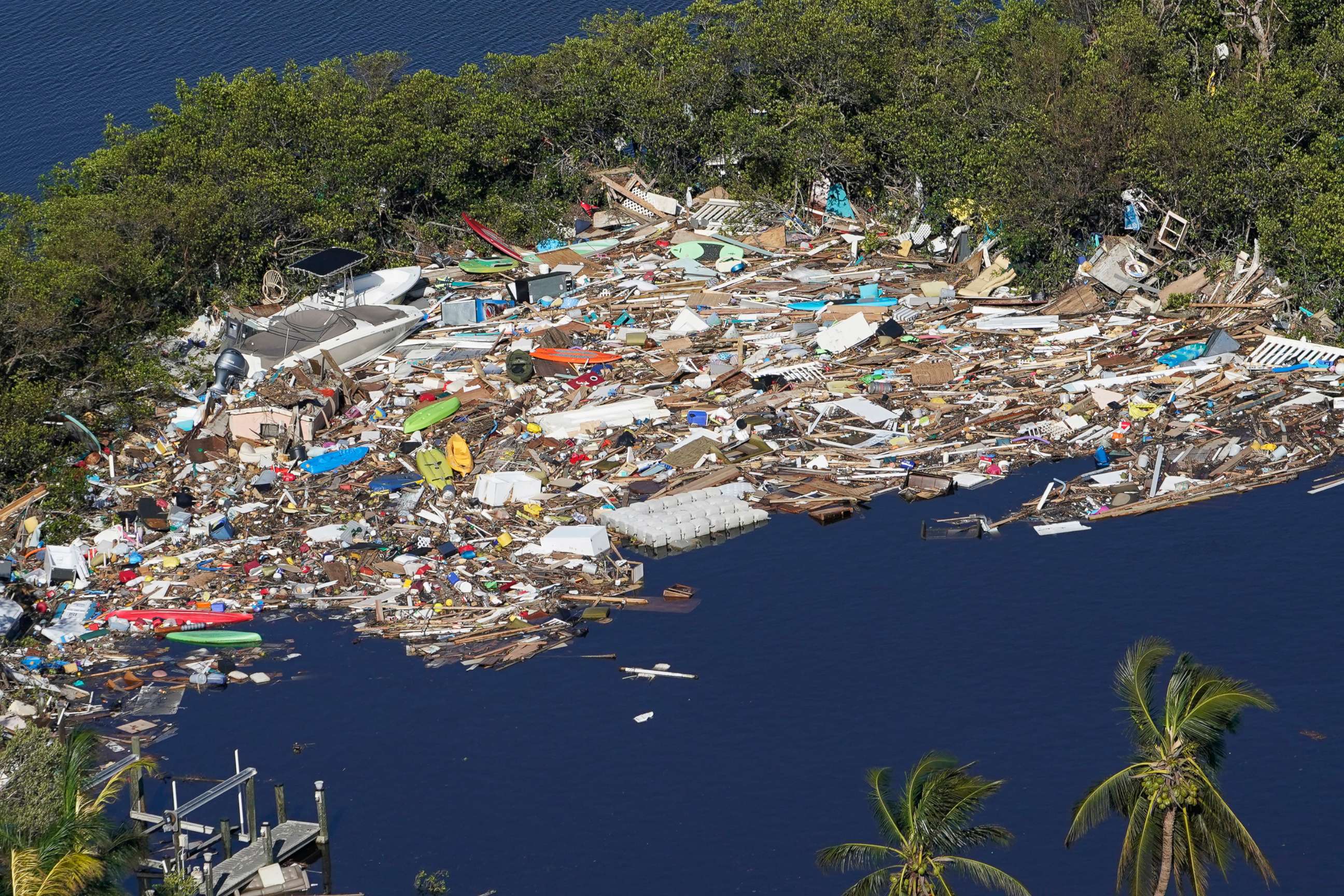Florida seeing 'abnormal' increase in flesh-eating bacteria cases due to Hurricane Ian
The increase in cases is driven by Lee County, state data shows.
Florida is seeing an increase in confirmed cases of flesh-eating bacteria this year due to the impact of Hurricane Ian, health officials said.
The Florida Health Department has reported 65 confirmed cases of Vibrio vulnificus, a flesh-eating bacteria, and 11 deaths so far this year as of Friday.
That compares to 34 cases and 10 deaths reported in 2021, and 36 cases and seven deaths in 2020, according to state data. This year has seen the highest number of reported cases in Florida since 2008, state data shows.
The increase is driven by a surge in cases in coastal Lee County, which was devastated by Hurricane Ian after the Category 4 storm made landfall on Florida's southwestern coast on Sept. 28.
Lee County has reported 29 confirmed cases and four deaths so far this year -- after reporting five cases and one death last year and no cases in 2020 -- state data shows.
The "abnormal increase" in cases of the rare infection in the county is "due to the impact of Hurricane Ian," the state health department noted.
Nearby Collier County has also seen an atypical increase in cases due to Ian, the department said, with three cases reported so far this year compared to zero last year and one in 2021.

Health officials in Lee County warned residents earlier this month about the risk of infection in the wake of Hurricane Ian.
"Flood waters and standing waters following a hurricane pose many risks, including [organisms that cause] infectious diseases such as Vibrio vulnificus," the Lee County health department said in an Oct. 3 notice. "For that reason, the Florida Department of Health in Lee County is urging the public to take precautions against infection and illness caused by Vibrio vulnificus."
Lee County Public Safety said last week that the state health department is seeing an uptick in Vibrio cases "as people clear homes and yards."
"Stay out of flood and standing water," the agency said in a Facebook post on Oct. 10. "Cover wounds with a waterproof bandage. Always wash wounds and cuts thoroughly if they touch the water."

Vibrio bacteria live in warm, brackish seawater -- such as where rivers meet the sea -- and typically grow faster during warmer months. People can become infected if they have cuts or scrapes and then walk on the beach or enter the water. The skin infection -- known as necrotizing fasciitis -- can be especially dangerous for people who are immune compromised.
It is also possible to develop vibriosis by eating contaminated raw oysters. When ingested, the bacteria usually causes stomach cramping, diarrhea, or nausea and vomiting
The Centers for Disease Control and Prevention estimates that 80,000 people get sick each year in the U.S. due to the bacteria. Among those, the majority are the result of eating contaminated food.
Experts warn that climate change may contribute to waterborne pathogens such as Vibrio vulnificus to thrive and multiply faster in increasingly warming waters. As climate change brings more strong hurricanes that forces more salt water to mix with fresh, it's creating large brackish areas and the conditions where the Vibrio can flourish, experts told ABC News last year.
ABC News' Sony Salzman and Julia Jacobo contributed to this report.




